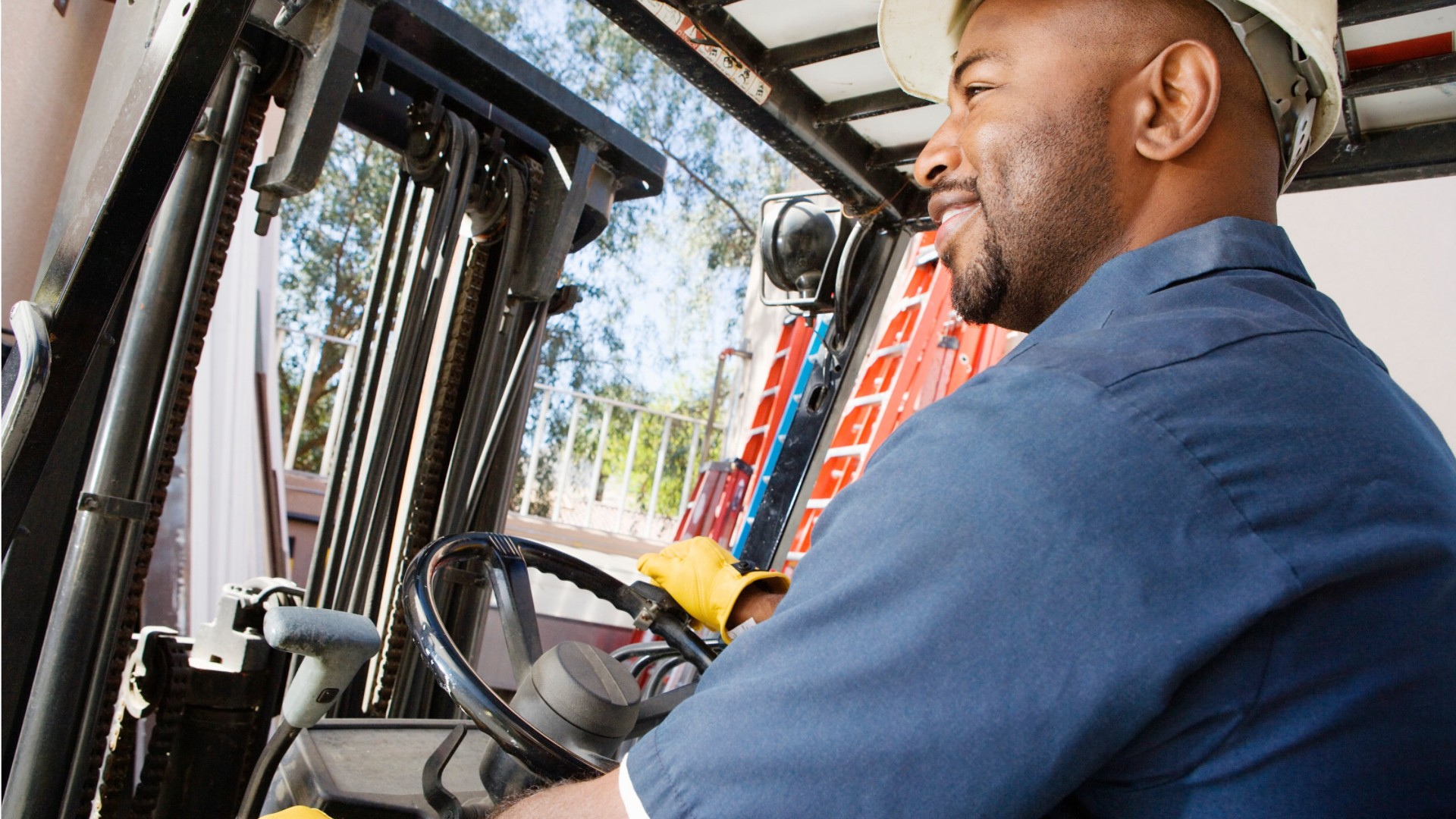Tank Car, Truck, & Ship Loaders
Loader, Loader Operator, Tankerman, Truck Loader
What they do:
Load and unload chemicals and bulk solids, such as coal, sand, and grain, into or from tank cars, trucks, or ships, using material moving equipment. May perform a variety of other tasks relating to shipment of products. May gauge or sample shipping tanks and test them for leaks.
On the job, you would:
- Seal outlet valves on tank cars, barges, and trucks.
- Verify tank car, barge, or truck load numbers to ensure car placement accuracy based on written or verbal instructions.
- Start pumps and adjust valves or cables to regulate the flow of products to vessels, using knowledge of loading procedures.
Knowledge
Transportation
- movement of people or goods by air, rail, sea, or road
Manufactured or Agricultural Goods
- manufacture and distribution of products
Arts and Humanities
- English language
Safety and Government
- public safety and security
Skills
Basic Skills
- reading work related information
- keeping track of how well people and/or groups are doing in order to make improvements
Problem Solving
- noticing a problem and figuring out the best way to solve it
Abilities
Controlled Movement
- quickly change the controls of a machine, car, truck or boat
- use your arms and/or legs together while sitting, standing, or lying down
Hand and Finger Use
- hold or move items with your hands
- keep your arm or hand steady
Endurance
- exercise for a long time without getting out of breath
Attention
- pay attention to something without being distracted
Personality
People interested in this work like activities that include practical, hands-on problems and solutions.
They do well at jobs that need:
- Dependability
- Attention to Detail
- Cooperation
- Adaptability/Flexibility
- Integrity
- Concern for Others
Technology
You might use software like this on the job:
Spreadsheet software
- Microsoft Excel
Materials requirements planning logistics and supply chain software
- Distributed control system DCS
- Warehouse management system WMS
Enterprise resource planning ERP software
- SAP software
Education
Education: (rated 2 of 5)
high school diploma/GED or
no high school diploma/GED
usually needed
no high school diploma/GED
usually needed
Job Outlook
Average
New job opportunities are likely in the future.
Explore More
- Conveyor Operators & Tenders
- Industrial Truck & Tractor Operators
- Laborers & Freight, Stock, & Material Movers, Hand
- Loading & Moving Machine Operators, Underground Mining
- Pump Operators
You might like a career in one of these industries:
See more details at O*NET OnLine about tank car, truck, and ship loaders.





